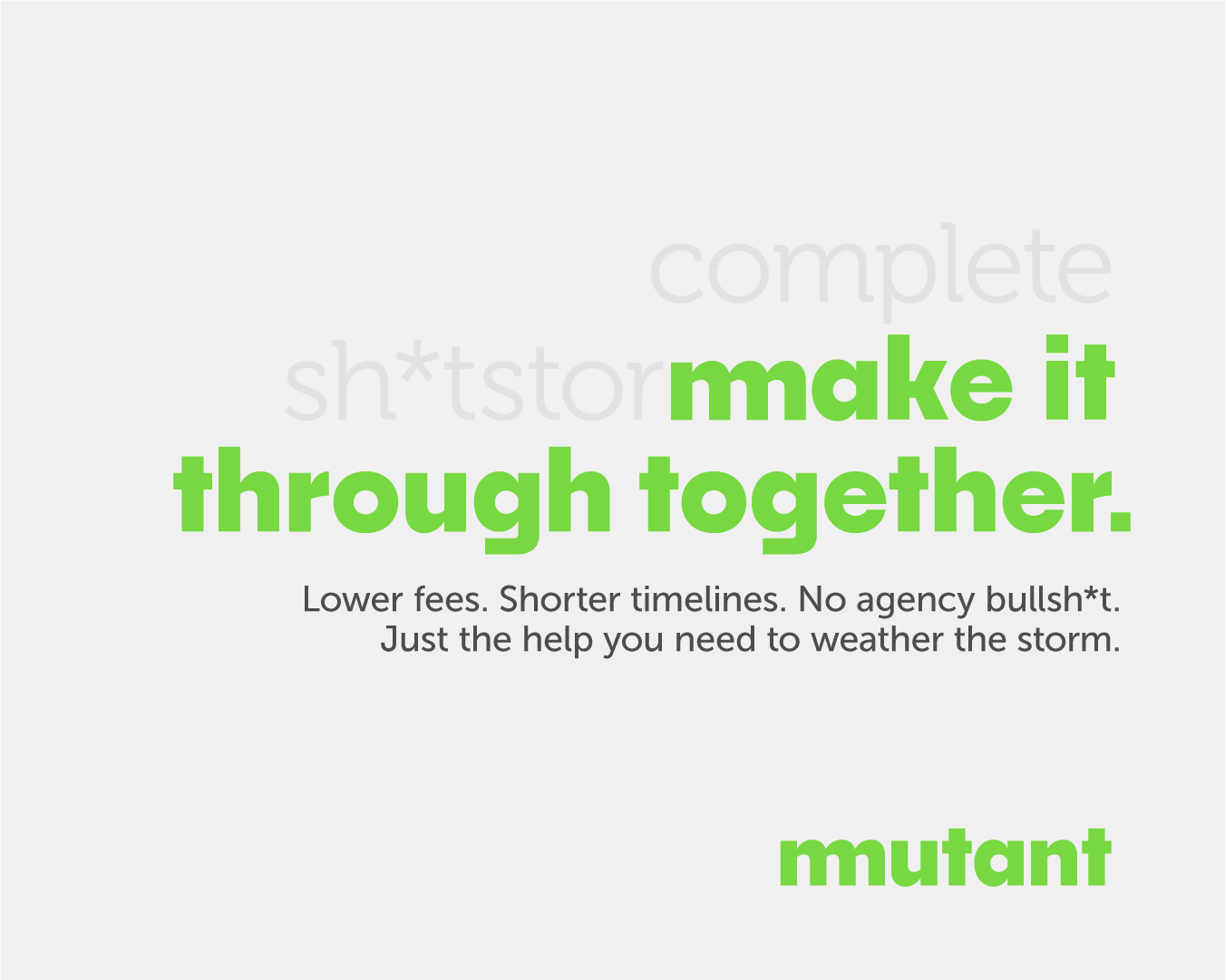(Hint: It’s got (almost) nothing to do with making sure the technology works properly)
In our new, virtual work environment webinars, Zoom conferences and meetings have become the new constants. But keeping your audience engaged (especially when they aren’t in the same room) is the probably the toughest part of any live webinar. I mean, how often have you tuned out of the virtual meetings you’ve been in?
Mastering the art of hosting engaging online sessions while being an impactful communicator isn’t easy – especially when people can simply switch off the cameras and disengage at any time. Fortunately, being in the business of communications, we’ve got a few tips to help you nail that next virtual session like a pro.
Think about your audience
Always start your preparation by understanding the profile of your attendees. Why should they give up an hour (or more) of their day to join yet another virtual session? While webinars are a great tool to promote a new product or idea, or to drive potential leads, focusing too much on selling vs. engaging may run the risk of attendees dropping off or tuning out too soon.
Content is key
Nobody likes the idea of sitting through long, boring sessions, filled with slides full of texts to read. So, don’t just wing the webinar – deliver informative, snappy and sharp content that resonates with the audience. Keep people engaged in your webinar by sharing information creatively and clearly. Using different content formats (GIFs, Video, Infographics) is also a great way to keep your attendees hooked to the screen.
Extempore…is not a good idea
If you’re planning to conduct the webinar by reading off the slides you’ve prepared, please don’t. People will turn off quicker if you simply do what they can do themselves. Writing a clear narrative helps you structure your key points while also ensures you’re delivering the message in a tone that speaks to your audience in an easy to follow and engaging way. Don’t be afraid to chat and improvise in line with the points you’ve listed – trust us, it will result in a much more engaging talk.
Don’t just present, tell a story
People listen and react to stories. In a live presentation, your body language and facial expressions are key to keep your audiences engaged – and if they can’t see you, you need to put even more thought into your tone of voice! Share personal anecdotes, relevant data and case studies or ideas to enliven the session. Remember, timing is everything!
Make it fun and interactive
With our days filled by Zoom meetings, it is not a bad idea to experiment and switch things up a bit. Perhaps start the webinar with an icebreaker question. You could also conduct polls or a short quiz at the beginning of the session. Always pause after a couple minutes to ask questions. This is a great practice to ensure attendees are still on the same page.
Lastly, stick to the basics so the key elements are in place. Check your camera and audio and always test the full set up a few minutes ahead of the webinar. Ensure you use the right technology and platform to fully engage your audience.
Need help with your upcoming Zoom conference? You can count on us : [email protected]

